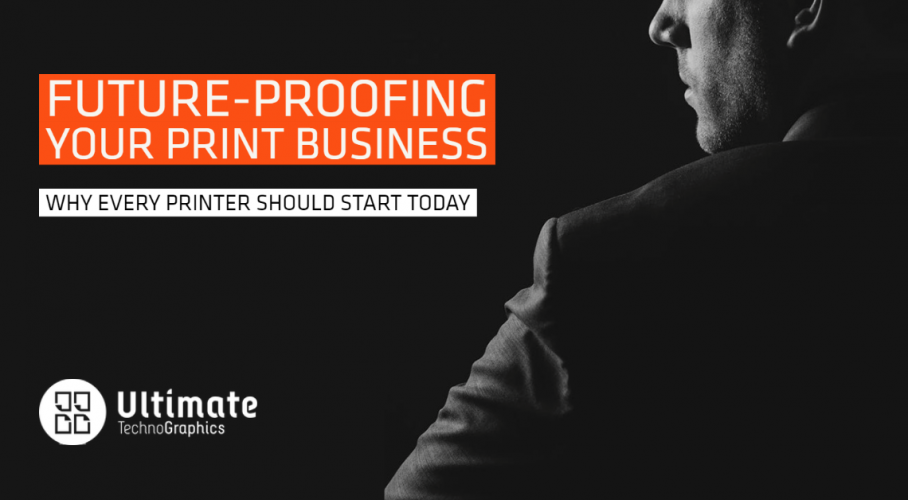Article by print industry analyst and author, David Zwang.
According to the Cambridge Dictionary; future-proof is “to design software, a computer, etc. so that it can still be used in the future, even when technology changes”.
The COVID 19 Pandemic is challenging people and businesses. While this significant event is probably just a blip in time, technology and market requirements are and will continually change. The market and technologically driven changes in communications and information distribution have placed new demands on print, publishing and packaging service providers, and will continue to for the foreseeable future. These demands include cost and turn-time pressures, new horizontal and vertical integration requirements, and a host of new required services, all of which affect the product mix companies must deliver to remain profitable. More importantly they also affect the tools and processes required to support those changes. Unfortunately, many service providers have not made the necessary internal changes to adapt. However, there are solutions that can be implemented to ensure future proof growth.
There really isn’t just a ‘one size fits all’ solution, since most print and packaging service providers and their respective customers have varied requirements. Although, the one thing that is a constant is that any solution requires modularity to address the variances, and compatibility to support the interconnected nature of business and production workflows.
In a recent white paper, I wrote for Ultimate Technographics, I laid out a strategy for implementation, and looked at a few companies, who have developed their own future proof solutions. Since most companies can’t just do a ‘clean sheet’ redesign of their businesses, some of these companies started by addressing ‘low hanging fruit’ issues, as a part of a longer-term ‘holistic vision’ of the overarching plan, which will make each subsequent initiative easier to implement and further increase efficiency and flexibility.
Increasingly modular process applications like those from Ultimate TechnoGraphics are becoming the best way to tailor your workflow to your print business requirements. This successful approach uses a ‘suite’ of applications that can be tailored, interconnected and integrated with your existing systems.
While there are many tools available that can automate a process, these same tools can help you build efficient or inefficient solutions. In the end, you still need to understand what you want to accomplish and find the most effective way to achieve it. Ultimately, you need an effective plan to start with, or you wind up automating an inefficient print workflow and gaining very little. Ideally, working with experienced ‘change agents’ and taking cues from best of breed operations is the best way to proceed.

